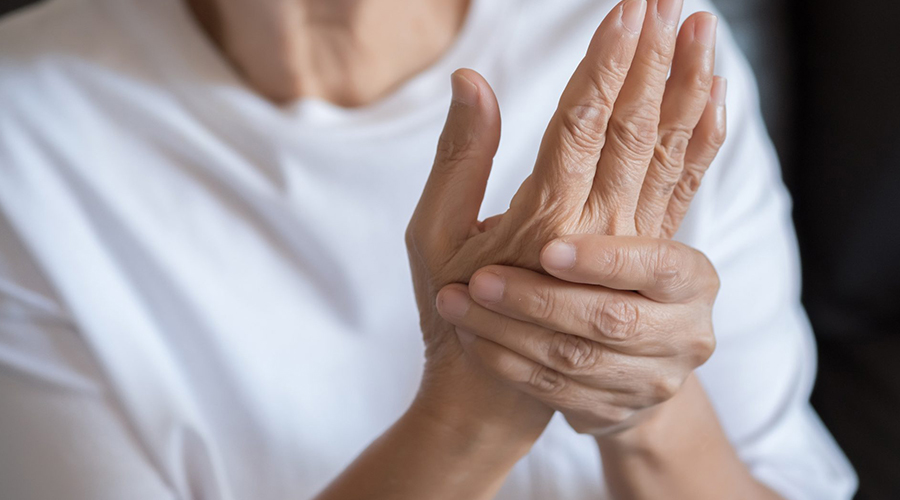
Rheumatism can make everyday life hell for many people.
But what is rheumatism?
The word rheumatism is an ancient term of Greek origin, which is still used as a collective term. Galen, one of the great doctors of old, believed that the deterioration of body fluids is the cause of all diseases of the body, including locomotor diseases.
It is a misconception that rheumatic diseases only affect the elderly! Such complaints can also occur among young people.
In essence, rheumatism is a collective term referring to painful diseases of the joints, tendons, muscles, bones, and nerves.
Rheumatic or rheumatic diseases are very common. According to estimates, almost all people have some kind of musculoskeletal complaint during their lifetime. At general practitioner appointments, approximately every fifth person presents with locomotor complaints. These complaints can usually be cured by the patient or the doctor. These include twitches, muscle strains, mild back or neck pain, as well as trauma. However, in the case of more serious and long-lasting complaints, patients usually have to consult a rheumatologist.
What causes it and what are its symptoms?
During our lives, almost everyone experiences back pain or some kind of joint pain. Only a very small proportion of people with rheumatic diseases suffer from long-term pain or become disabled to some extent. The diagnosis of the disease is very important!
A specialist is best suited to establish a diagnosis, who will then help treat the symptoms.
Basically, rheumatic diseases can be divided into two parts. Inflammatory and degenerate.
The root cause of inflammatory rheumatic disease is some pathogen that causes inflammation.
Degenerative, on the other hand, is the result of pathological changes. This most often occurs when it primarily affects the articular ligament system and later the structure of the surrounding bones.
The disease is not hereditary, but the tendency to it is. In addition to genes, its development is also closely related to lifestyle and environment. In the case of physical stress (e.g. sports or heavy physical work), the disease appears only years later. Nutrition also plays a role in its development. In addition to proper nutrition, body weight cannot be neglected either. If you are overweight, the joints are exposed to a much greater load.
Symptoms of rheumatic disease can be the following:
-lack of appetite
-fever
-swelling accompanied by redness
-joint stiffness that usually occurs in the morning
-intense night sweats
-unjustified joint and muscle pains
-deformation of joints
The most common types of rheumatic diseases
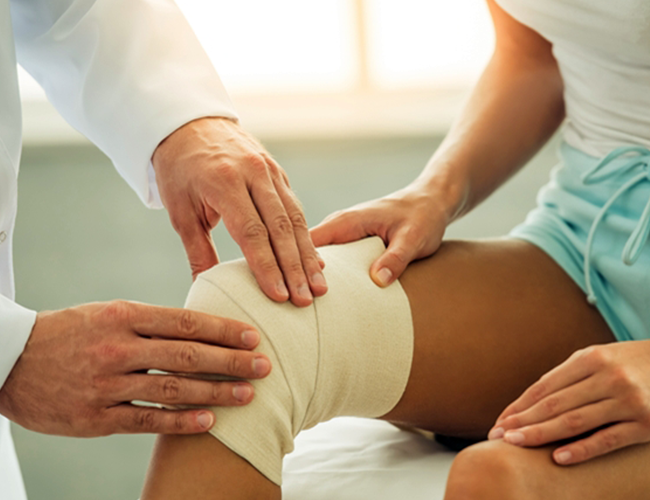
Poor posture: Among the most common causes of back and neck pain are increased physical strain on the spine, excess weight, and poor posture.
Arthritis: Refers to inflammation within a joint that causes pain and stiffness. If left untreated, the joints can be gradually damaged.
Rheumatoid arthritis: Joints become swollen and deformed. The exact cause of rheumatoid arthritis is currently unknown, however, many risk factors can lead to the development of the disease. Among them, aging, female sex, infections, inheritance of disease-prone genes, and long-term cigarette smoking can be mentioned.
Osteoarthritis: The surface of the articular cartilage becomes uneven, then loses its ability to absorb external influences and wears out. It usually develops in joints that bear a lot of weight or are repeatedly subjected to a lot of stress. Based on this, the spine, knees, hips and hands can also be classified here.
Gout: Gout is usually caused by a build-up of uric acid. Its symptoms include sudden, severe pain associated with swelling of the joints.
Natural treatment of rheumatism
1. Exercise:

In order to protect the joints and the spine, lower intensity forms of exercise are recommended. Examples include yoga, pilates, body shaping, the ancient Chinese movement culture of Thai-chi, brisk walking, and swimming. All of these forms move the body, improve oxygen supply, and have a stress-relieving effect, without burdening the joints. However, before starting regular exercise, it is worth consulting with our doctor or physiotherapist to be on the safe side.
Exercising in water is especially beneficial.
The warm spa usually has a very good effect, as it helps to loosen the stiffness of the joints, and it is also easier to move in water, so the joints are less stressed.
Nevertheless, don’t just get started on your own, ask your doctor about it first. Because in order to be able to perform this form of exercise safely, a medical examination is often essential. This is necessary because if some other disease exists in addition to rheumatism, such as varicose veins, high blood pressure, heart failure, then bathing in warm water can easily harm you.
If there are no contraindications, then exercising in water has a particularly good effect on rheumatic diseases.
However, there are also forms of movement that are strongly recommended to be avoided.
Examples include aerobic training, climbing stairs, running, tennis, and soccer. Essentially, all forms of movement that may include running or jumping.
In an acute inflammatory state, during flare-ups, the joint must be rested!
In this case, exercise is prohibited! In such cases, rest is part of the treatment. Bed rest can contribute to tolerating the pain associated with the most intense inflammation.
However, if the acute inflammation has stopped, then active and passive movement of the joints and physiotherapy should be started. This is important in order to prevent complete stiffness of the joint and possible narrowing of its range of motion. In addition, the aim of the treatment is to strengthen the muscles around the load-bearing joint, thus helping the joint work. The exercises assigned by our physiotherapist can be performed even at home.
2. Lifestyle change:
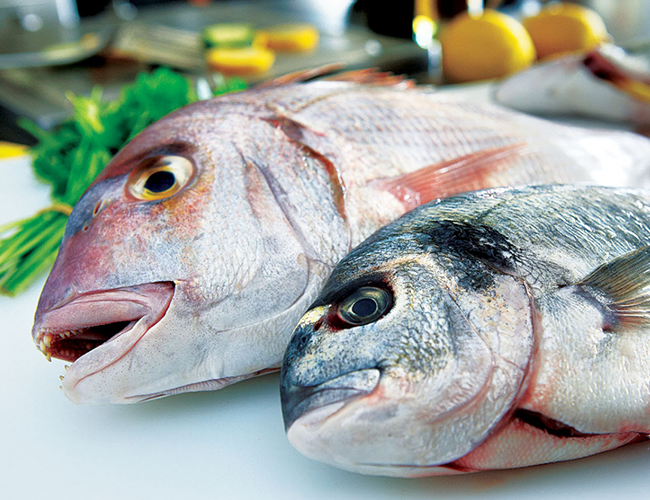
Improper nutrition and excess weight greatly contribute to the increase in rheumatic complaints. Rheumatism can be treated at home by changing your lifestyle. Thanks to proper nutrition and exercise, we can not only supply our body with valuable nutrients and minerals, but also contribute to weight loss.
In the case of rheumatoid arthritis, an individually prepared diet is often prepared, as the energy content of the diet must be adapted to the nutritional status of the patient.
The protein intake should be 0.8-1 g/kg body weight, the larger part of which is made up of vegetable and the smaller part of animal proteins. Several studies have shown that by reducing the consumption of proteins of animal origin, the complaints of rheumatoid arthritis patients have improved.
For fats, 1-1.2 g/kg body weight is ideal. If possible, let’s get it into our body in an easily digestible form. Several studies have proven that supplementing with omega-3 fatty acids has a beneficial effect on the disease. Thanks to this, we can safely consume sea fish and linseed oil.
Because of the possible development of osteoporosis, special attention must be paid to the intake of the appropriate amount of calcium. 1200-1500 mg per day.
It is worth creating a light, mixed diet, thanks to which we can choose from a wide range of raw materials and preparation methods.
Don’t forget about the daily minimum of 2 liters of liquid either!
3. Rheumatism creams:
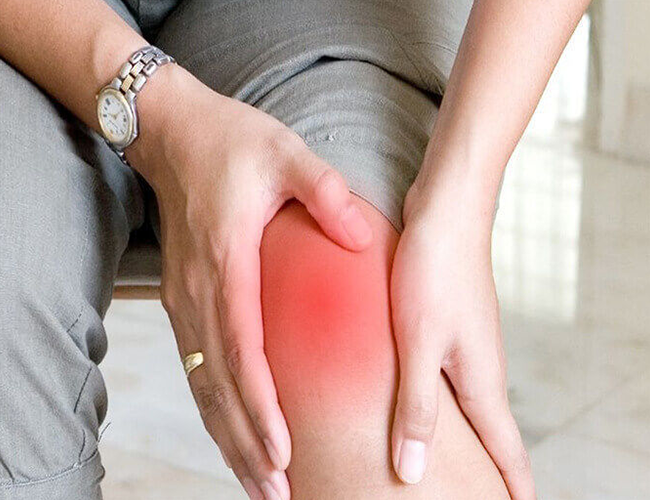
Herbal creams can often be used for rheumatic complaints. Rheumatoid arthritis can be treated naturally, so it can also be done with herbs. However, when using creams, we should make sure that they do not contain steroids. It is true that steroid-containing creams are strong and effective, but they can also have very unpleasant side effects.
In general, such creams can only be used on a doctor’s prescription.
However, before we vote for such a decision, let’s try the creams with natural active ingredients. There are many over-the-counter creams, which are mostly made from some herbal extract. This can be the case with arnica, rosemary or horse chestnut.
In addition to the natural active ingredients, the HillVital Maximum balm can help relieve rheumatic complaints by using the power of 19 herbs.
The herbs found in it are: aloe vera, arnica, juniper, lemon oil, walnut leaves, pine, eucalyptus, black evening primrose, thyme, chamomile, calendula, turmeric, lavender, gooseberry, rosemary, horse chestnut, castor, mint, camphor. Other active ingredients: vitamin A, vitamin E.
Before applying the balm, clean the surface to be treated or use it after bathing. It is worth applying it at least twice a day. It is recommended in the morning and in the evening, but you can use it more than once. Do not just leave the balm on the surface, but also massage it well so that the active ingredients are absorbed.
4. Medicinal teas:
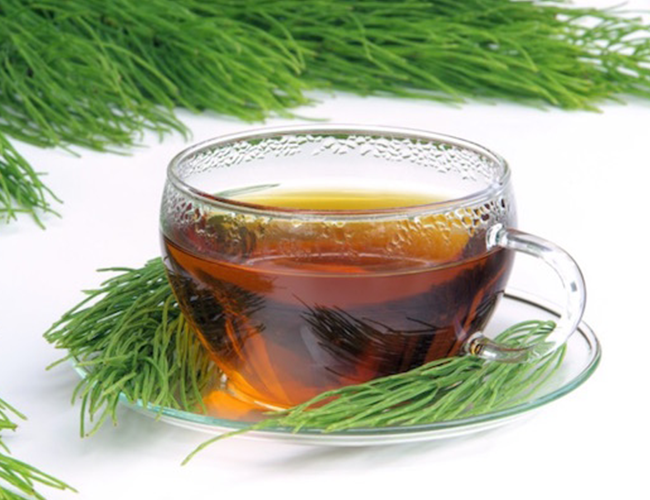
Herbal teas can be used for most rheumatic problems. Whether it is acute, chronic, or even joint swelling and redness affecting one or more joints.
Herbal teas that have an anti-inflammatory effect are primarily recommended. An example of this is the chamomile tea mix. Consume 1-3 cups of it daily between meals.
Horsetail promotes kidney function, and due to its connective tissue-strengthening effect, it can be used very well for rheumatic problems. It can be consumed as a tea or even used externally as a spa bath.
For tea, simply put a tablespoon of tea grass in 2.5 dl of water, then let it brew for about 2-3 minutes. After that, let it stand for at least 15 minutes, then filter it. Consume one cup every morning for six weeks, then take a 4-week break. If necessary, the course can be repeated.
However, if you use it as a spa, pour at least 3 liters of tea into the bath water, then leave it for at least 15-20 minutes. When we’re done, let’s dry off.
In the case of polyarthritis, it is recommended to drink the tea of meadow fan grass.
5. Alternative solutions:
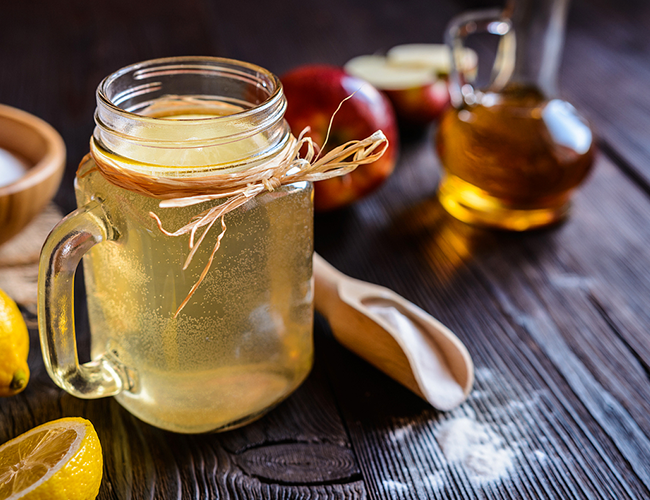
Alternative solutions include alternate hot and cold water compresses used to relieve pain, as well as various baths. Among the baths, the sea water, seaweed and Epsom salt baths can be highlighted. We have already read about the beneficial effects of warm water and exercise, so it is not surprising that water appears several times between treatments.
Since some rheumatic complaints are caused by high uric acid levels in the body, it is recommended to follow a juice fast. The more different ingredients we have, the longer we can consume them. It is important not to consume smoothies made from only one type of vegetable or fruit! If we do this, our body can easily become weak.
The combination of honey and cinnamon can also be mentioned. Since honey disinfects and cinnamon has antioxidant and antimicrobial effects, their combination can be very effective in case of hand arthritis. Mix a tablespoon of honey and half a teaspoon of cinnamon, then consume it every morning on an empty stomach.
The anti-inflammatory and alkalizing effects of apple cider vinegar help relieve stiffness and pain. It is worth drinking a glass of warm water with a little apple cider vinegar and honey every day.
In addition to the mixture, you can even make a cream. Heat the apple cider vinegar, then add a little cayenne pepper. While it is still warm, gently apply it to the sore joints and leave it on the skin for about 10 minutes.


Fantastic goodfs from you, man. I have understand your stuff previous tto annd
you’re just extremely wonderful. I actually like
what you’ve acquired here, certainly like what you aare saying
and the way in wgich you say it. You make it enjoyable and you still care for to kee it wise.
I can not wait too read far more from you. This is really a wonderful web site.
Stop by my web blog answering questions, Francis,